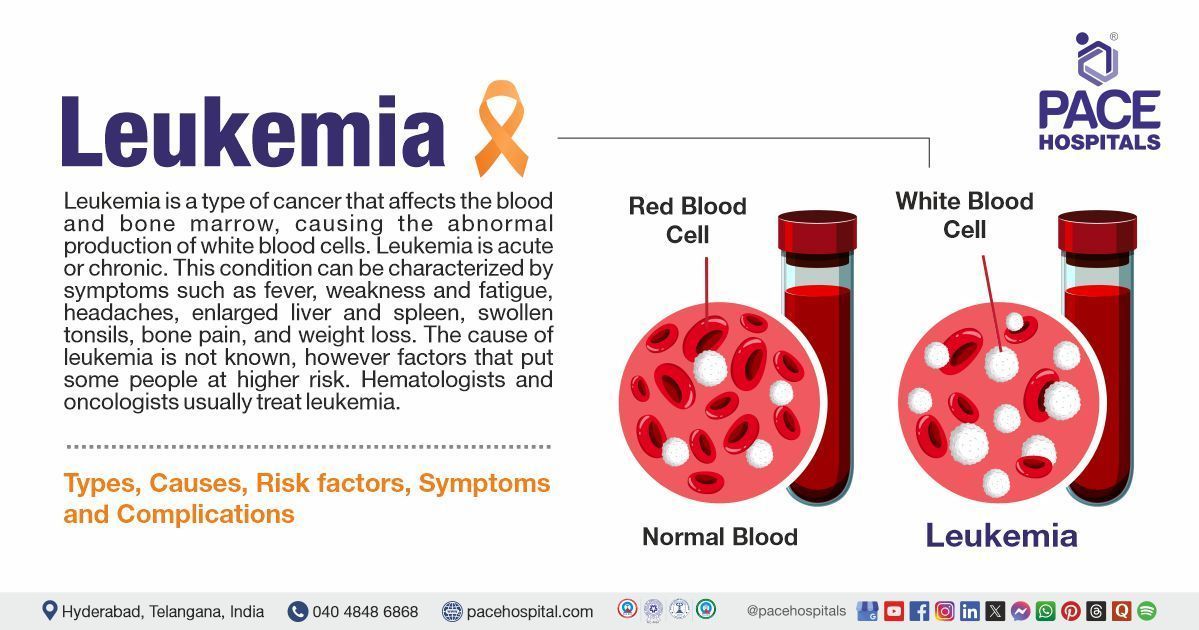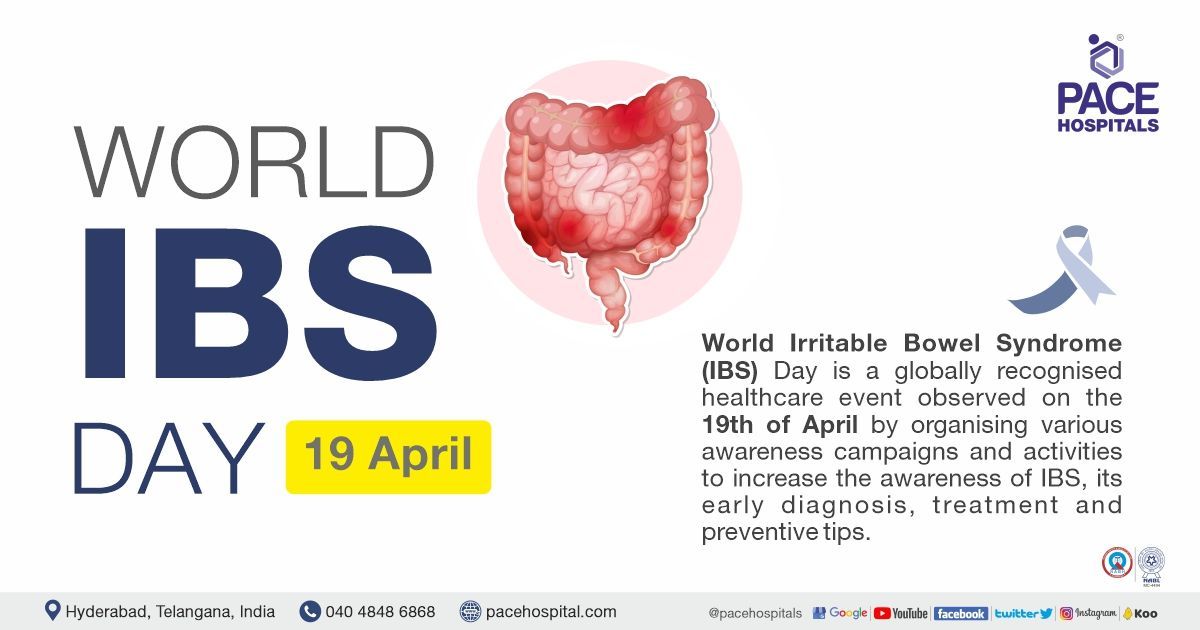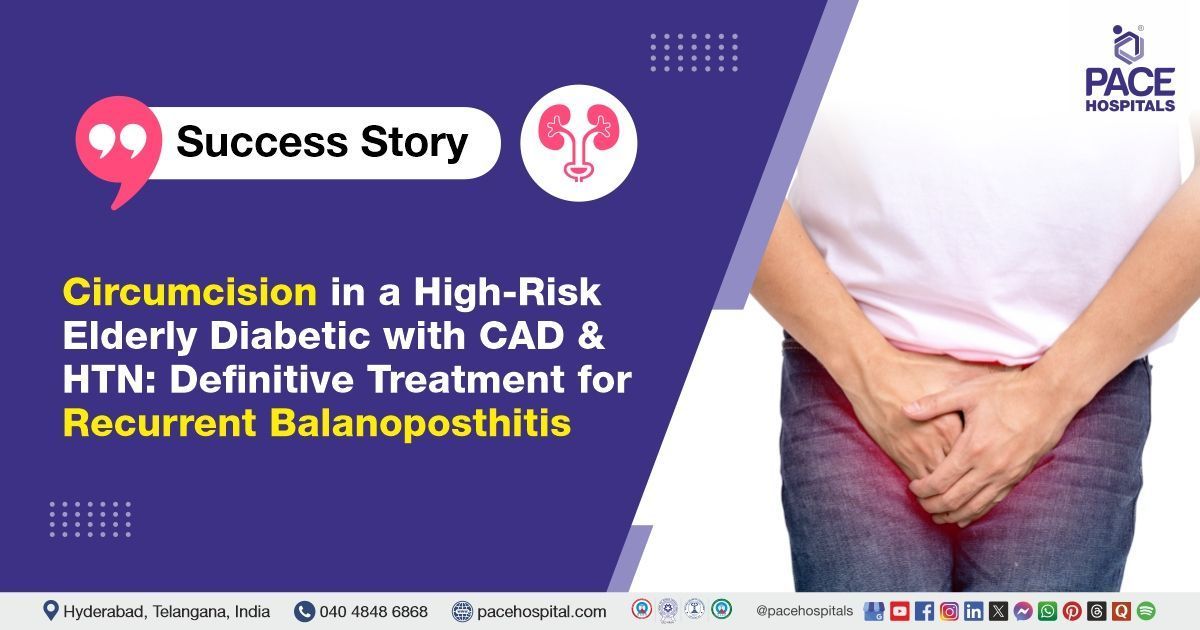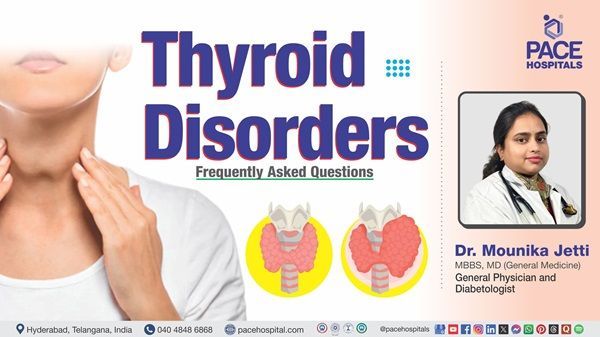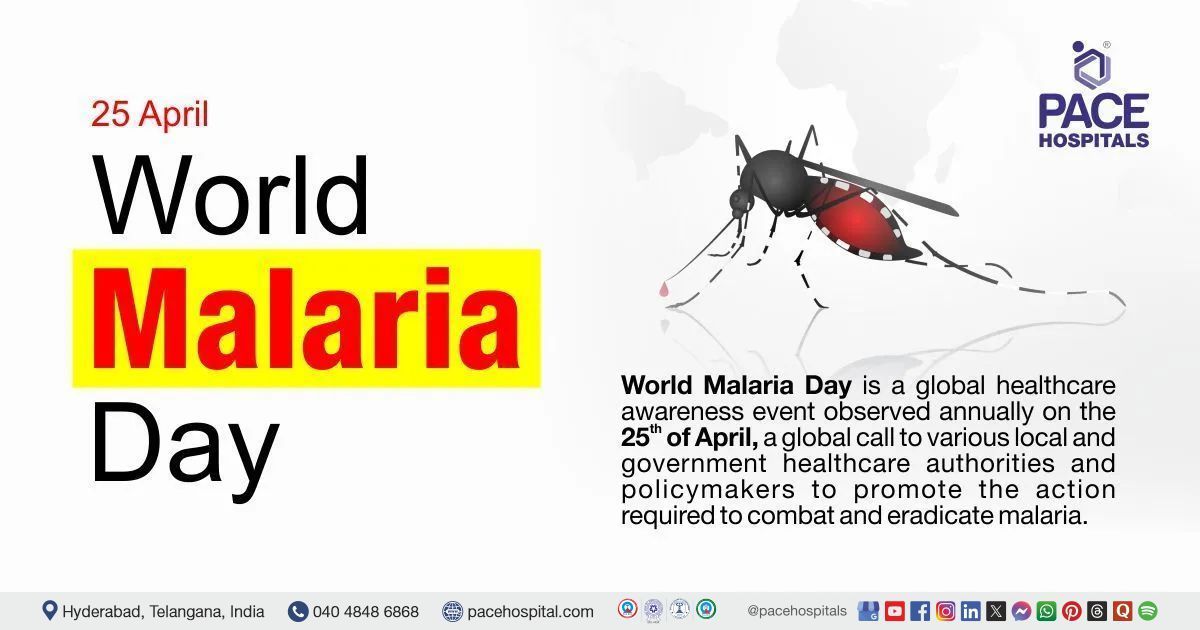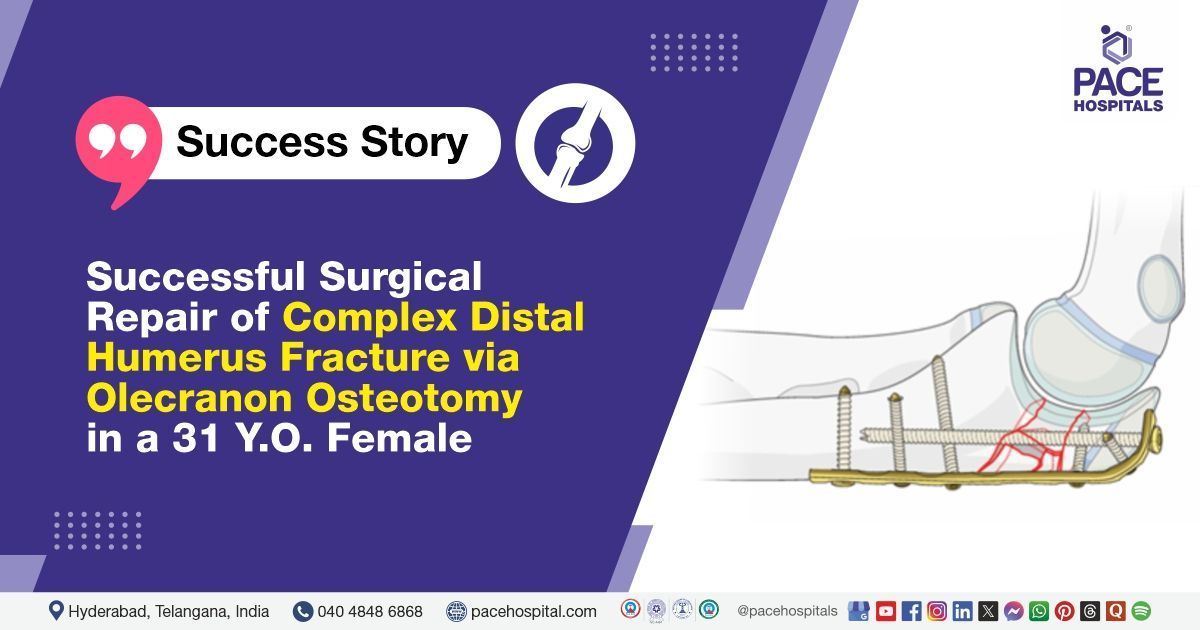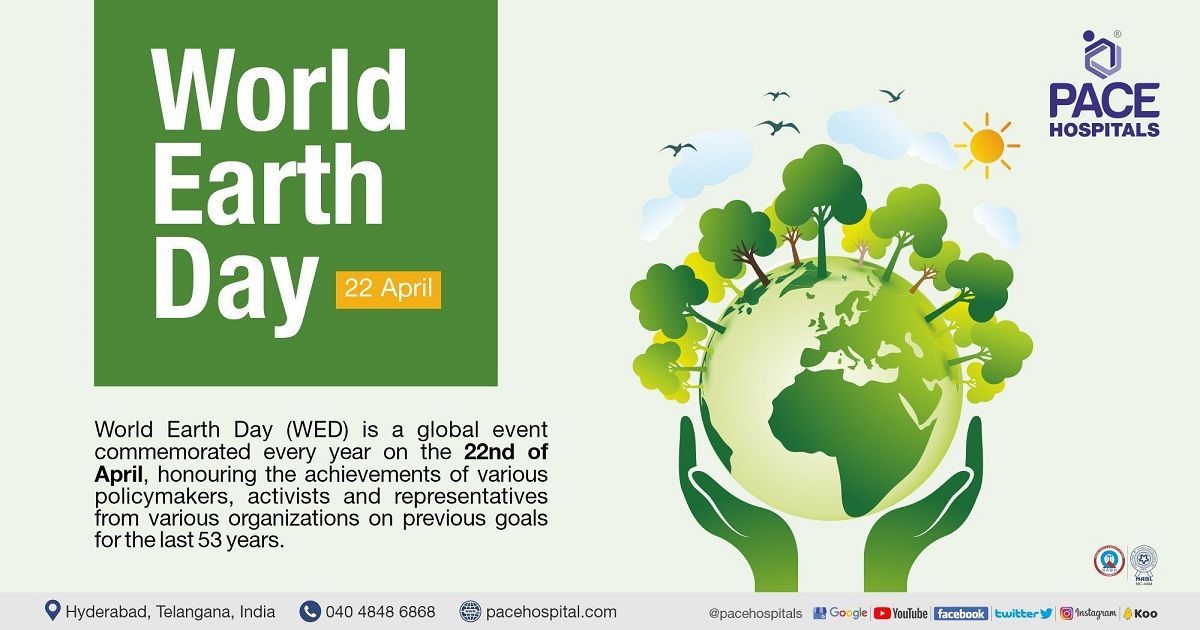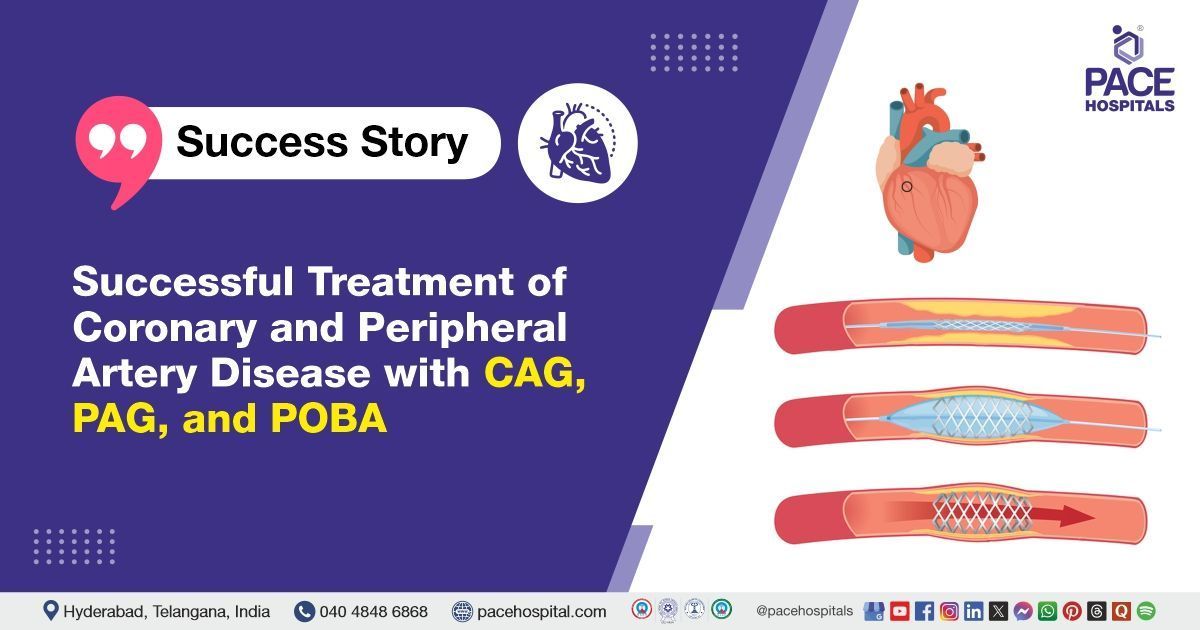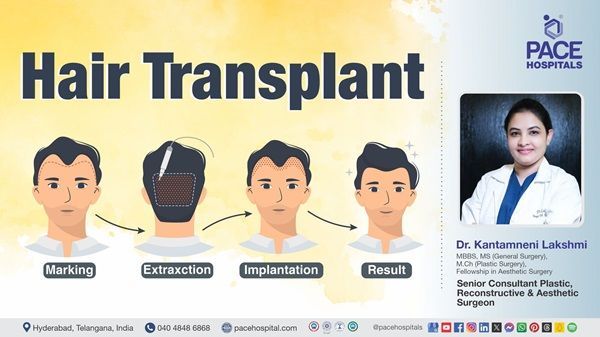Leukemia: Symptoms, Causes, Types, Diagnosis, Treatment & Prevention
Leukemia definition
Leukemia is a type of cancer that affects the blood and bone marrow, causing the abnormal production of white blood cells. These abnormal white blood cells cannot fight against infection and impair the ability of the bone marrow to produce red blood cells and platelets. Leukemia is acute or chronic. This condition can be characterized by symptoms such as fever, weakness and fatigue, headaches, enlarged liver and spleen, swollen tonsils, bone pain, and weight loss.
The cause of leukemia is not known, however, factors that put some people at higher risk include exposure to severe radiation, exposure to certain chemicals, such as benzene, and viruses like the Human T-cell leukemia virus. Hematologists and
oncologists usually treat and manage leukemia.
Leukemia meaning
The word leukemia comes from the Greek word “leukos”, meaning "white," and “haima”, meaning "blood”.
Leukemia prevalence
Prevalence of Leukemia in the World
In 2020, leukemia accounted for nearly 2.5 percent of all new cancer cases worldwide, with 474,519 new cases identified. The age-standardized incidence rate was 5.4 per 100,000 population, indicating significant geographical variation, with higher rates in North America and lower rates in some areas of Africa.
Prevalence of Leukemia in India
Leukemia is the sixth most common cancer between 1990 and 2019 (apart from other neoplasms), accounting for approximately 6.79% of all cancers. With a 0.78% difference, men are more likely to get leukemia than women. Leukemia is more common in men (7.17%) than in women (6.39%).

Types of leukemia
Leukemia can be chronic (slow growing) or acute (more aggressive), with lymphocytic leukemia starting in lymphoid cells, and myelogenous leukemia starting in myeloid cells. The following are some of the main subtypes of leukemia:
Acute lymphocytic leukemia (ALL)
Also called acute lymphoblastic leukemia. It is the most common type of leukemia. Typically, it occurs in young children but can also affect adults. It originates from bone marrow lymphoid cells. It rapidly spreads to other body parts, like the central nervous system (brain and spinal cord), liver, lymph nodes, spleen, and testicles in male patients.
Acute myelogenous leukemia (AML)
Also called acute granulocytic leukemia, acute myelocytic leukemia or acute myelogenous leukemia, acute myeloid leukemia, or acute non-lymphocytic leukemia. It is the most common type of leukemia in adults and also affects children. Originating from bone marrow myeloid cells and rapidly spreads the central nervous system (brain and spinal cord), liver, lymph nodes, spleen, and testicle in male patients.
Chronic myelogenous leukemia (CML)
Also called chronic myeloid leukemia. And typically affects adults. It is a slow-developing condition originating from bone marrow myeloid cells, which can take months or years to spread to blood and other body parts.
Chronic lymphocytic leukemia (CLL)
This type of leukemia develops slowly. It typically affects older adults. It originates from bone marrow lymphoid cells and may initially remain asymptomatic for years before symptoms appear or treatment is sought. It can eventually enter the bloodstream and spread to other parts of the body.
Other subtypes:
Chronic myelomonocytic leukemia (CMML):
It is a condition that originates in bone marrow myeloid cells and typically affects older adults, potentially causing bloodstream infections. An enlarged spleen, shortage of some types of blood cells, and more monocytes (white blood cells) occur in people with CMML.
Hairy cell leukemia (HCL)
It is a rare type of chronic leukemia originating from bone marrow, characterized by short, hair-like projections on the cancerous cells.
Juvenile myelomonocytic leukemia (JMML)
Also called Juvenile chronic or myeloid leukemia (CMML) of childhood, it is a rare blood cancer, and it is most common in infants and children under 4 years of age accounting for 1-2 percent of all childhood leukemia. It is more prevalent in males, according to WHO (World Health Organization).
Large granular lymphocytic leukemia (LGLL)
It is a type of chronic leukemia that affects white blood cells called "lymphocytes". which is part of the immune system and helps fight certain infections. It has two types: T-cell (T-LGL) and natural killer cell (NK-LGL), which can be either chronic (slow-growing) or aggressive (fast-growing) and it affects men and women typically at the age of 60 years.
Blastic plasmacytoid dendritic cell neoplasm (BPDCN)
Also called natural killer (NK) cell leukemia. This type was first recognized by WHO (World Health Organization) in 2008. It is a rare cancer that often combines characteristics of lymphoma and leukemia. It has limited data and no established treatment, with an average diagnosis age of 60-70 years, and it affects men twice as frequently as it does women.
B-cell prolymphocytic leukemia (B-PLL)
It is a rare disease, an aggressive disease affecting older adults, at the age of 69 years. It's slightly more common in men and often develops from slow-growing B-cell cancers like chronic lymphocytic leukemia.
T-cell prolymphocytic leukemia (T-PLL)
It is a rare disease, aggressive form of cancer characterized by the uncontrolled growth of mature T-cells, it affects white blood cells that protect the body from infection. It affects older adults, with an age of 61 years, and it frequently affects men.
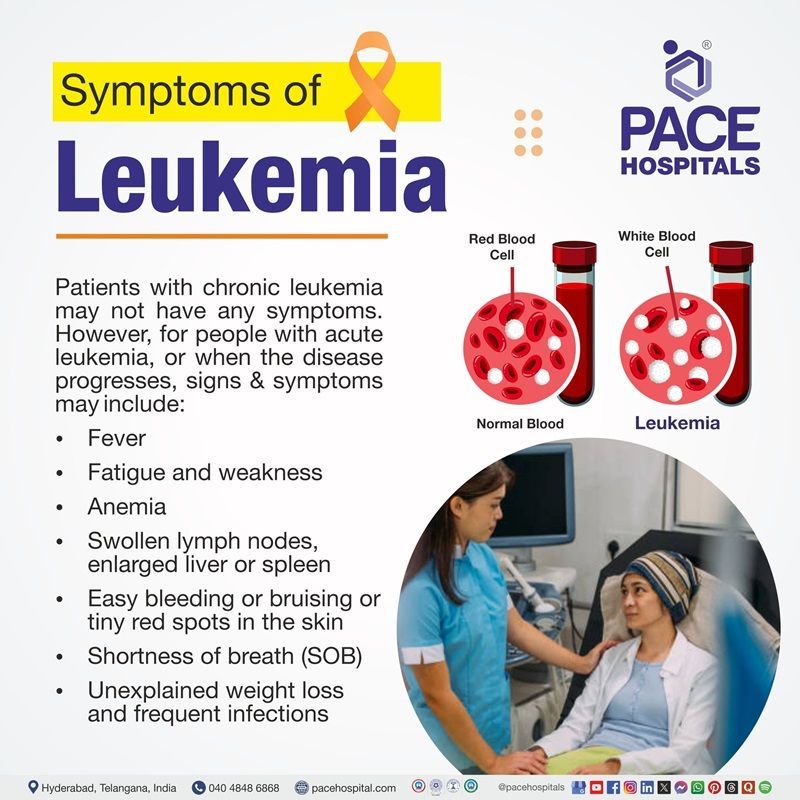
Leukemia symptoms
Patients with chronic leukemia may not have any symptoms, and their condition is usually identified through usual blood tests. However, for people with acute leukemia, or when the disease progresses, signs and symptoms may include:
- Fever
- Fatigue and weakness
- Anemia
- Loss of appetite
- Swollen lymph nodes, enlarged liver or spleen
- Easy bleeding or bruising or tiny red spots in the skin (petechiae)
- Shortness of breath (SOB)
- Unexplained weight loss
- Bone pain
- Frequent infections
- Dizziness
- Headaches
- Abdominal pain (stomach pain)
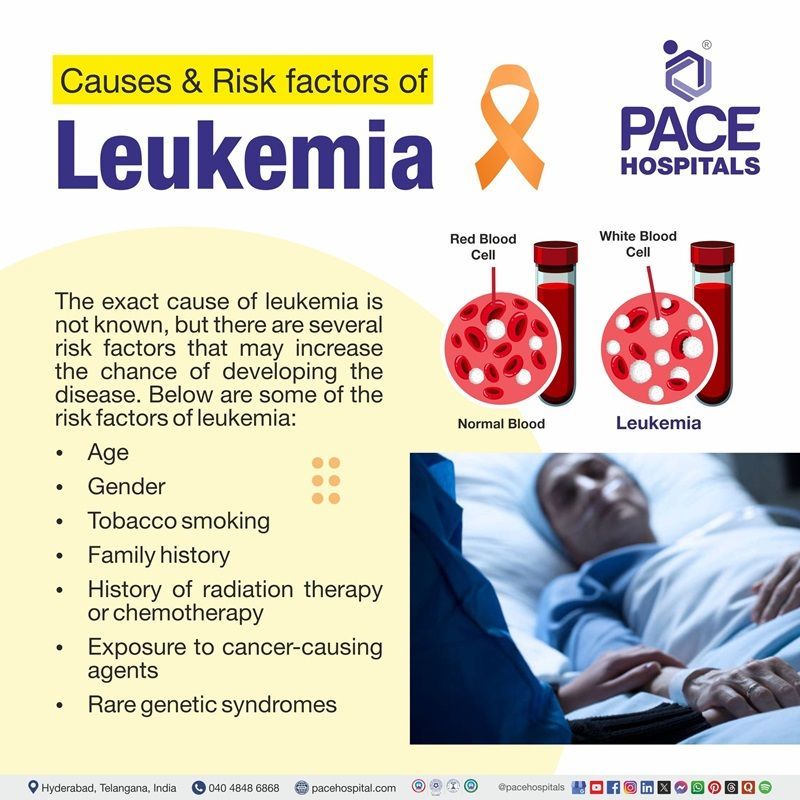
Leukemia causes and risk factors
The exact cause of leukemia is not known, but there are several risk factors that may increase the chance of developing the disease. Below are some of the risk factors for leukemia:
- Age: Most types of leukemia, particularly chronic leukemias, become increasingly prevalent as people age. However, acute lymphocytic leukemia (ALL) is more common in children than adults.
- Gender: The majority of leukemia types are slightly more prevalent in males than in females.
- Tobacco smoking: Cigarettes contain numerous cancer-causing substances. According to researchers, smoking accounts for approximately 20% of all acute myelogenous leukemia (AML) cases.
- Family history: People who have a first-degree relative with chronic lymphocytic leukemia (CLL), such as a parent, child, or sibling, are two to four times more likely to develop CLL. The majority of people who develop leukemia do not have a family history of the disease.
- History of radiation therapy or chemotherapy: Radiation therapy and chemotherapy may result in mutations, or alterations in a cell's DNA, which can lead to malignancies like leukemia. AML is associated with therapies for Hodgkin's lymphoma, non-Hodgkin lymphoma, childhood ALL, and other cancers such as breast and ovarian cancer.
- Exposure to cancer-causing agents: People who have been exposed to high doses of radiation (from an atomic bomb explosion, working in atomic weapons production, or being involved in a nuclear reactor disaster) are more likely to develop leukemia. Long-term exposure to high quantities of solvents, such as benzene, is a known risk factor, particularly in the workplace. CLL may also be associated with exposure to Agent Orange, a chemical commonly employed during the Vietnam War.
- Rare genetic syndromes: Individuals with Down syndrome, Fanconi anemia, ataxia-telangiectasia, and Bloom syndrome have a slightly increased chance of acquiring leukemia.
- Myelodysplastic syndromes: Approximately one-third of patients with this bone marrow failure disease develop leukemia.
- Blood disorders: People with certain blood conditions are more likely to develop acute myelogenous leukemia (AML). These disorders include myelodysplastic syndromes.
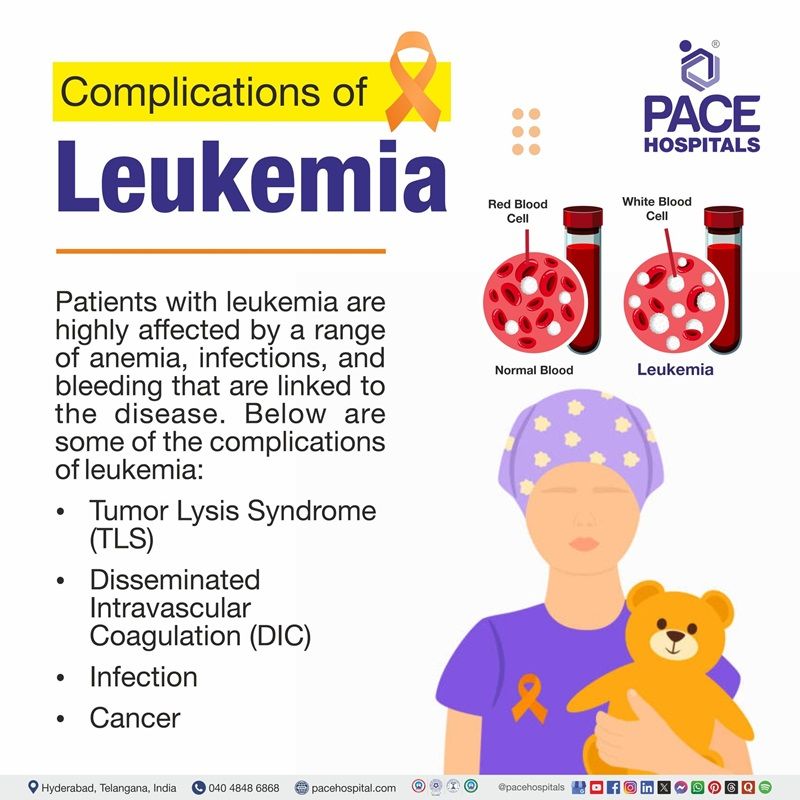
Complications of leukemia
Patients with leukemia are highly affected by anemia, infections, and bleeding that are linked to the disease. Below are some of the complications of leukemia:
- Tumor Lysis Syndrome (TLS): Tumor cells die rapidly, releasing intracellular content into the bloodstream, causing high serum potassium, phosphorus, and uric acid levels. Patients need aggressive hydration, frequent monitoring, and hyperuricemia management.
- Disseminated Intravascular Coagulation (DIC): Dysfunctioning proteins in blood clotting proteins lead to thrombosis and hemorrhage associated with acute promyelocytic leukemia but can occur in other leukemia subtypes. Monitoring the active replacement of fibrinogen with cryoprecipitate is crucial for patient survival.
- Infection: Leukaemia increases the risk of infection due to immunosuppression from chemotherapy, and stem cell transplantation. Immunosuppressed patients with fever must immediately be evaluated and need to start broad spectrum antibiotic therapy.
- Cancer: Survivors of leukemia have an increased chance of developing future malignancies. For example, the Childhood Cancer Survivor Study found that the 30-year cumulative incidence of any cancer after leukemia was 5.6%, with a median delay to the onset of the second disease of nine years. The most prevalent secondary neoplasms in childhood leukemia survivors are distinct subtypes of leukemia or lymphoma.
Leukemia diagnosis
Early diagnosis and treatment of leukemia are necessary to prevent the progression of leukemia. To determine the type of leukemia, oncologists develop a definitive diagnosis. The following are the steps involved in diagnosing leukemia:
- Initial evaluation
- Medical history
- Physical examination
- Laboratory testing
- Complete blood count (CBC)
- Liver function tests (LFTs)
- Comprehensive metabolic panel
- Coagulation panel
- Urea and electrolytes
- Peripheral Blood Smear
- Biopsy techniques
- Bone marrow biopsy and aspiration
- Lymph node biopsy
- Imaging tests
- Computed tomography (CT)
- Magnetic resonance imaging (MRI)
- positron emission tomography (PET)
- Chest X-ray
- Ultrasound
- Biomarker Testing
- Immunophenotyping
- Cytogenetics
- Flow Cytometry
- Fluorescence In Situ Hybridization (FISH)
- Lumbar puncture
Leukemia treatment
Leukemia cancer is usually treatable when it is diagnosed early, and the treatment depends on the type & size of the cancer, how far it has spread, and the general health of the patient. Treatment options includes surgery, chemotherapy, radiotherapy, and targeted drug therapy may also be included.
The treatment of leukemia includes the following:
- Chemotherapy
- Other drug therapies
- Stem cell transplant
- Radiation therapy
- Targeted therapy
- Immunotherapy
Clinical trials are undergoing for new treatments, and it may be necessary to provide follow-up care.
Leukemia prevention
Because the cause of leukemia is uncertain, there is no definitive strategy to prevent it. However, it is typically recommended to avoid solvents such as benzene and toluene, as well as unnecessary x-ray exposure. If patients suspect they have leukemia, knowing the risk factors and symptoms, as well as discussing them with doctor, are crucial for early diagnosis and treatment. People with a family history of leukemia should be particularly mindful of signs and share their medical history with their doctor.
Difference between Leukemia and Lymphoma
Leukemia vs lymphoma
Both leukemia and lymphoma are cancers of the blood, bone marrow or lymph (a clear fluid that circulates white blood cells throughout the body), but they have some key differences. The following are the parameters that differentiate leukemia and lymphoma:
| Parameters | Leukemia | Lymphoma |
|---|---|---|
| Definition | It is a type of cancer that affects blood and bone marrow, causing the production of abnormal white blood cell. | Lymphoma is a type of blood cancer that affects the immune system. It especially affects white blood cells called lymphocytes. |
| Symptom | Fever, weakness, loss of appetite, Shortness of breath (SOB), Bone pain, Frequent infections, Dizziness | Swollen gland, tiredness, bone pain, skin rashes, chest pain, cough. |
| Causes | Causes are unknown, but there are some factors that trigger leukemia, such as exposure to high levels of radiation and exposure to certain chemicals (benzene), chemotherapy, Down syndrome, family history of leukemia. | Causes are unknown, but there are some factors like autoimmune diseases, family history, and exposure to radiation or toxins. |
| Treatment | Treatment includes Chemotherapy, Stem cell transplant, Radiation therapy, Targeted therapy, and Immunotherapy. | Treatment includes chemotherapy, radiation therapy, target therapy, immunotherapy and stem cell transplant. |
Frequently Asked Questions (FAQs) on Leukemia
Is leukemia curable?
Leukemia is a type of blood cancer, it can be curable, but it depends on several factors, including the type of leukemia, how early it is detected, the person's overall health, and how well they respond to treatment. Acute leukemia typically requires immediate treatment, while chronic leukemia may not require treatment for years. While acute leukemia can be cured, chronic leukemia lacks cure. Lifelong treatments can often manage this condition.
Can bone marrow transplant cure leukemia?
Bone marrow transplant (BMT) is a treatment for certain cancers or diseases that involves transferring healthy stem cells from the donor's bone marrow to the recipient, filtering and redistributing the cells to remove abnormal cells. Bone marrow transplants have been used successfully to treat diseases such as leukemias, lymphoma, aplastic anemia, and immune deficiency disorders.
What happens if a patient with leukemia is untreated?
If left untreated, leukemia can cause serious complications like anemia, fatigue, shortness of breath, bleeding, and difficulty fighting infections or frequent infections. In extreme cases, blood or platelet transfusions may be necessary before diagnosis.
Is acute myeloid leukemia curable?
Yes, acute myeloid leukemia (AML) can be curable, especially when diagnosed early and treated. However, the cure likelihood depends on factors like age, overall health, specific genetic mutations, and the patient's response to treatment.
How to test for leukemia?
Leukemia diagnosis involves several steps, including CBC, peripheral blood smear, bone marrow biopsy, cytogenetic testing, flow cytometry, imaging tests like CT, MRI, X-rays, Lumbar puncture, and Molecular Testing. If leukemia is suspected, physicians perform a test to understand the type of disease and the extent of the disease.
Is leukemia curable in children?
Yes, leukemia is usually curable in children, particularly acute lymphoblastic leukemia (ALL) and acute myeloid leukemia (AML), both are curable when diagnosed early and treated appropriately, with relatively good cure rates compared to adults.
Can acute lymphoblastic leukemia be cured?
Acute lymphoblastic leukemia (ALL) is curable, especially when diagnosed early and aggressively treated, and is one of the most treatable forms of leukemia, with high cure rates, especially in children.
Can leukemia be cured in adults?
Yes, leukemia can be cured in adults, but the likelihood of a cure depends on several factors, such as the type of leukemia, how early it is diagnosed, the patient's overall health, and how well they respond to treatment. Treatment outcomes can be more complex in adults compared to children, but many adults do achieve long-term remission or even a cure, especially with modern advancements in treatment.
Acute promyelocytic leukemia (APL), a rare and aggressive subtype of acute myeloid leukemia, characterized by overproduction of immature blood-forming cells (promyelocytes) in the blood and bone marrow, leading to impaired blood function. It is now considered the most curable form of adult leukemia.
Chronic neutrophilic leukemia is a rare blood cancer that is treated with chemotherapy, medications, drug therapy, targeted therapy, and Stem Cell Transplantation (SCT).
How do I treat hairy cell leukemia?
Purine analogues are the first-line treatments for Hairy Cell Leukemia (HCL), and they are effective in generating remission in the majority of patients. For symptomatic patients, these treatments can result in full responses in around 90% of instances following a single course. In addition, targeted therapy such as BRAF inhibitors may be tried in relapsed or refractory cases.
How can leukemia be managed?
Leukemia cancer is usually treatable when it is diagnosed early, and the treatment depends on the size of the cancer and general health of the patient. Treatment includes surgery, chemotherapy, radiation therapy, and targeted drug therapy, other drug therapies, Stem cell transplant, Radiation therapy, and Immunotherapy.
How do I treat acute lymphoblastic leukemia in paediatric?
Treatment for paediatric acute lymphoblastic leukemia (ALL) lasts 2 to 3 years and is separated into three stages: remission induction, consolidation, and maintenance. The intensity of chemotherapy is determined by risk classification, with higher-risk patients having more aggressive treatment, including intrathecal chemotherapy, to avoid central nervous system involvement. Recent developments include the use of targeted treatments and immunotherapy to enhance outcomes in high-risk situations.
How is stem cell transplantation used to treat leukemia?
Patients with leukemia sometimes benefit from receiving a stem cell transplant, or bone marrow transplant. This procedure replenishes the blood stem cells in the bone marrow so they can produce healthy blood cells.
Share on
Request an appointment
Fill in the appointment form or call us instantly to book a confirmed appointment with our super specialist at 04048486868

